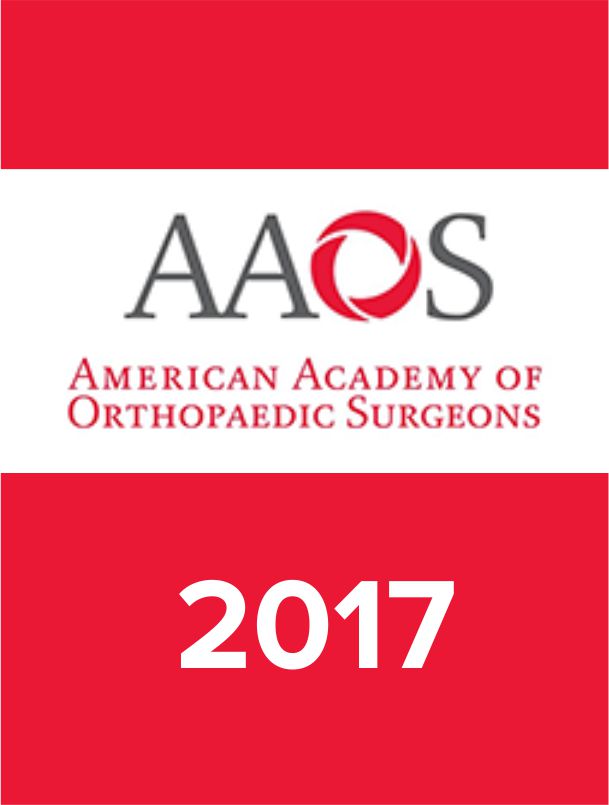
AAOS2017: PRFM-augmented ACL reconstruction yields no effect on graft healing/thickness
Platelet Rich Fibrin Matrix Does Not Affect Reconstructed Anterior Cruciate Ligament Healing or Graft Size
54 patients scheduled for anterior cruciate ligament (ACL) reconstruction with a quadruple-stranded semitendinosus tendon autograft were randomized to have the graft augmented with platelet-rich fibrin matrix (PRFM) membranes, or to a control group with no PRFM augmentation. Patients were followed-up on standard and contrast-enhanced MRI over a 12-month period, graft signal intensity was used to measure graft healing, and cross-sectional area was used to measure graft thickness. Results demonstrated no significant differences between groups in either measure at any time point
Unlock the Full ACE Report
You have access to 4 more FREE articles this month.
Click below to unlock and view this ACE Reports
Unlock Now
Critical appraisals of the latest, high-impact randomized controlled trials and systematic reviews in orthopaedics
Access to OrthoEvidence podcast content, including collaborations with the Journal of Bone and Joint Surgery, interviews with internationally recognized surgeons, and roundtable discussions on orthopaedic news and topics
Subscription to The Pulse, a twice-weekly evidence-based newsletter designed to help you make better clinical decisions
Exclusive access to original content articles, including in-house systematic reviews, and articles on health research methods and hot orthopaedic topics































































